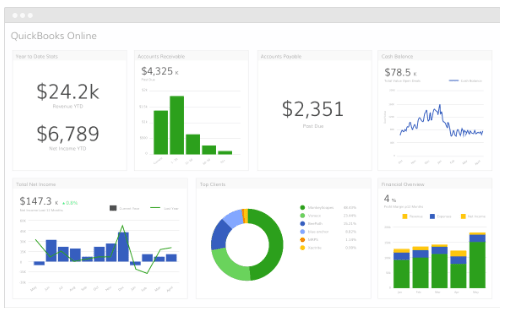
There are a few different ways to calculate assets turnover, but the most common formula is to divide a company’s sales by its total assets. This number can then be compared to industry averages to see how the company stacks up. For example, if a company pays $1000 monthly interest on repaying its debt, it means $3,000 would be reported as interest expense on the income statement of the 1st quarter (from January to March). This means that every month, $150 would be recorded as depreciation expense on the profit and loss statement of Anael Farms for the next 10 years. This means that every year, $1,800 would be recorded as depreciation expense on the profit and loss statement of Anael Farms for the next 10 years.

For example, it can show the yearly income and expenditure for 5 years or may be prepared to show the monthly income and expenditure every quarter. A high P/E ratio means that investors are willing to pay more for a company’s shares, relative to its earnings. This may be due to expectations of future growth or simply because the company’s shares are in high demand. However, a high P/E ratio can also be a sign that a stock is overvalued, so it’s important to do your research before making any investment decisions.
Expense Accounts in the Income Statement
By allocating the cost of tangible and intangible assets over their useful life, these methods help provide a clearer picture of the company’s financial health and allow for informed decision-making for stakeholders. Vertical analysis refers to the method of financial analysis where each line item is listed as a percentage of a base figure within the statement. This means line items on income statements are stated in percentages of gross sales, instead of in exact amounts of money, such as dollars. The income statement calculates the net income of a company by subtracting total expenses from total income.
- Under that system, you may have recorded income in accounts receivable—for instance, as an invoice you’ve sent to a client—before you’ve actually received the payment.
- Unlike the balance sheet, the income statement calculates net income or loss over a range of time.
- Revenue in income statement differs from receipts in the way they are accounted for; revenue is reported when a product is sold or service is rendered (whether it was sold on credit or not).
- A projected income statement can be prepared from past sales and expenses, especially by established businesses.
- In general, the contribution margin income statement simply shows the contribution of the total revenue in covering the fixed cost after the variable cost has been deducted.
- Gross profit margin is the first key element to assess a company’s profitability.
The names of the accounts or line items used in preparing income statements vary based on industry, jurisdiction, and type of accounting standard used. But generally, every statement of income can be divided into sections, which are described below. The operating revenue on income statement is the money earned from a company’s main products or services. When a company sells cars, the operating revenue would be the money earned from the sales of the cars. For a laundry service company, the money realized from washing and cleaning is the operating revenue.
Cost of Goods Sold (COGS)
The contribution margin, therefore, is the money that is left after deducting the variable costs from the sales revenue. Income statements can be prepared monthly, quarterly, or annually, depending on your reporting needs. Larger businesses typically run quarterly reporting, while small businesses may benefit from monthly reporting to better track business trends. Revenue is all income generated by the sale of the business’ primary goods or services.
- For that reason, this is the last place you turn when you’re trying to increase your net income.
- By using the above metrics and indicators, you can confidently read and analyze an income statement, making informed decisions about a company’s financial performance and stability.
- Accountants, investors, and business owners regularly review income statements to understand how well a business is doing in relation to its expected future performance, and use that understanding to adjust their actions.
- For a multi-step operating statement, the gross profit is first calculated and then used to find the operating income; then the operating income is used to find the net income.
- This P&L statement is different from a single-step income statement, which only shows the total revenue and expenses for a period of time.
The income statement formula outlines 3 key values that can be derived from the statement of operations. These three values determined by the income statement formula include gross profit, operating income, and net income. The income statement heading which accounts are found on an income statement will specify the name of the company at the top and then just below it is the name of the financial statement and also the reporting period. The income and expenditure account is prepared by using trial balances from any two points in time.
Leave a Reply